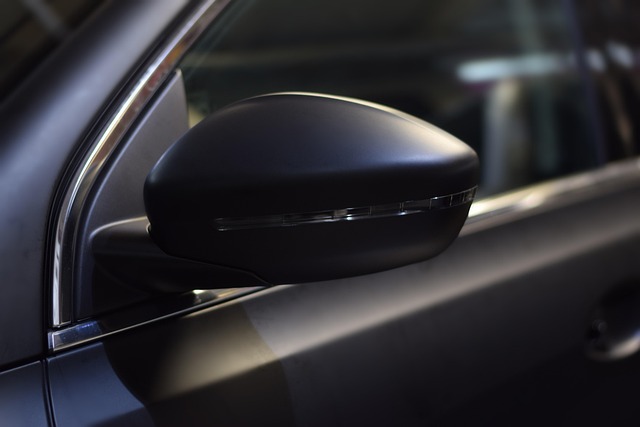Window tinting isn’t just about aesthetics—it’s about comfort, UV protection, and longevity. But with so many options, choosing the right tint can be overwhelming. Professional window tinting services offer a variety of films, but which one truly fits your needs? Let’s break down the three main types: ceramic, dyed, and carbon tinting. Understanding their pros, cons, and best-use cases can save you from costly mistakes.
Why Choosing the Right Tint Matters
The wrong tint can lead to problems like premature fading, poor heat rejection, or even legal trouble if it doesn’t comply with regulations. Many car owners make the mistake of picking the cheapest option without considering durability or performance. This leads to bubbling, discoloration, and constant replacements. Investing in the right tint from the start can save money and ensure lasting benefits.
What Are the Different Types of Window Tint?
-
Dyed Window Tint – Affordable but Limited Durability
Dyed window tint is the most budget-friendly option, but it comes with trade-offs. It consists of multiple layers of dye and adhesive, absorbing heat instead of reflecting it. While it helps with privacy and glare reduction, it falls short in terms of UV protection and heat rejection.
Pros:
- Cheapest option
- Provides privacy
- Reduces glare
Cons:
- Fades over time
- Weak heat rejection
- Prone to bubbling and peeling
Best For:
- Short-term use or leased vehicles
- Drivers on a tight budget
-
Carbon Window Tint – A Balance of Performance and Price
Carbon tint offers a step up from dyed films. Made with carbon particles, it provides better heat rejection and UV protection without fading over time. Unlike dyed tints, it doesn’t have a glossy appearance, reducing unwanted reflections.
Pros:
- Stronger heat rejection than dyed tint
- Won’t fade over time
- Blocks infrared rays to keep the cabin cooler
Cons:
- Slightly more expensive than dyed tint
- It can create hazy visibility in certain lighting conditions
Best For:
- Drivers who want durability without the premium price of ceramic tint
- Those living in moderately hot climates
-
Ceramic Window Tint – The Ultimate Choice for Performance
Ceramic tint is the premium choice, offering unparalleled heat rejection, UV protection, and clarity. Unlike dyed or carbon films, ceramic tints use non-metallic, nano-ceramic particles to block up to 99% of UV rays while keeping interiors significantly cooler.
Pros:
- Best heat rejection
- Blocks harmful UV rays
- No signal interference with GPS or cell phones
- Superior clarity and longevity
Cons:
- Most expensive option
- Professional installation required
Best For:
- High-end vehicles and long-term investment
- Drivers in extremely hot climates
How to Choose the Right Tint for Your Needs
-
Consider Your Budget
If cost is the biggest factor, dyed tint may be the best option. However, if you plan to keep your car for years, ceramic tint is worth the investment due to its durability and superior performance. Carbon tint sits in the middle, offering a cost-effective balance of longevity and function.
-
Think About Climate
If you live in a hot region, ceramic tint will offer the best heat rejection and comfort. Carbon tint is a more affordable alternative with decent heat resistance, while dyed tint may struggle to keep interiors cool. Over time, this decision can impact not only your comfort but also the longevity of your vehicle’s interior materials.
-
Check Legal Restrictions
Different states and countries have varying laws on window tint darkness and reflectivity. Before choosing, check local regulations to avoid fines or the hassle of removing non-compliant tint. Some states require a minimum level of visibility through the tint, while others restrict reflective coatings that could affect other drivers.
-
Prioritize Longevity
If you don’t want to deal with fading, peeling, or replacing tint every few years, ceramic or carbon tint is a better long-term investment than dyed tint. Fading and bubbling not only make the tint ineffective but also reduce the overall aesthetic appeal of your vehicle. High-quality tints may cost more upfront, but they prevent the need for frequent reapplications.
-
Evaluate Additional Benefits
Beyond UV protection and heat reduction, some tints offer extra perks. Ceramic tints, for example, provide excellent shatter resistance, adding an extra layer of safety in case of an accident. Carbon tints, on the other hand, prevent excessive glare, making nighttime driving easier. Taking these benefits into account can help you choose a tint that meets all your needs.
Conclusion
Choosing between ceramic, dyed, and carbon window tints depends on your needs, budget, and climate. The dyed tint is affordable but lacks durability. Carbon tint offers a balance of cost and performance, while ceramic tint provides top-tier heat rejection and longevity. Investing in the right tint now can save money and enhance comfort in the long run. Whether it’s for UV protection, heat reduction, or aesthetics, selecting the right window tint ensures a better driving experience. Ultimately, a well-informed decision will help you avoid unnecessary expenses while maximizing the benefits of professional window tinting.




